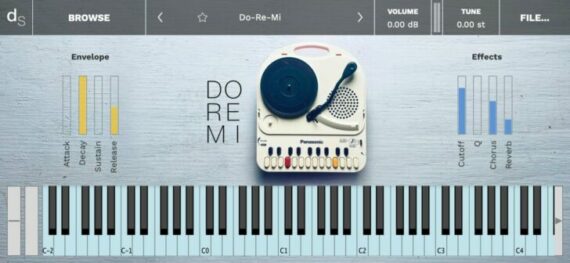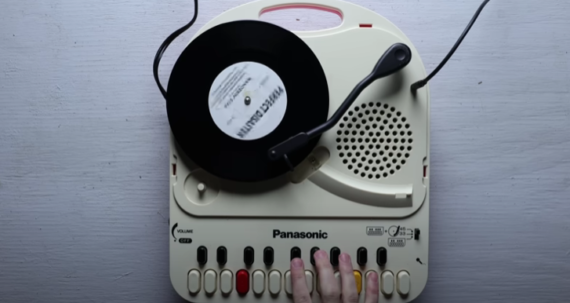Noise Engineering Releases Confundo Funkidos Probabilistic Rhythm Crossfader For Eurorack Systems

Noise Engineering has introduced Confundo Funkidos, a rhythm crossfader and performance utility, and successor to their earlier Confundo Funkitus module.
According to Google Translate, ‘Confundo Funkitus’ translates into “I confuse the Funkids”.
Inspired by DJ performance techniques, Confundo Funkitus lets you mix up to eight trigger source, and then use a crossfader to combine them, apply probability, or swap between them.
Each channel also features a mute switch, so that channels can be added and removed from a patch at will.
The official Confundo Funkidos intro video:
It also features algorithmically generated Accent outputs, which create high and low gates based on input patterns.
The BURN section of Confundo Funkidos has also been expanded with a new parameter, making it easier to create fills on the fly. The Mute switches have also been upgraded, featuring a center position that removes a channel from BURN fills and sets its Accent output low while still outputting triggers.
“We’ve been thinking about a new version of Confundo Funkitus for a long time,” says Markus Cancilla, Noise Engineering’s Chief of Destruction. “Confundo Funkidos brings together everything we’ve learned in the years since the original was discontinued, and makes the original concept even more fun. We’re really excited to hear what people do with it.”
Features:
- Four-channel rhythm crossfader
- Incredible utility for hands-on jamming and performance
- Inspired by DJ performance techniques
- Algorithmically generate accent gates based on input patterns
- Use Mute switches to bring percussion in and out of your mix
- Create fills on the fly with unique BURN controls
Confundo Funkidos is available now, priced at $345.




